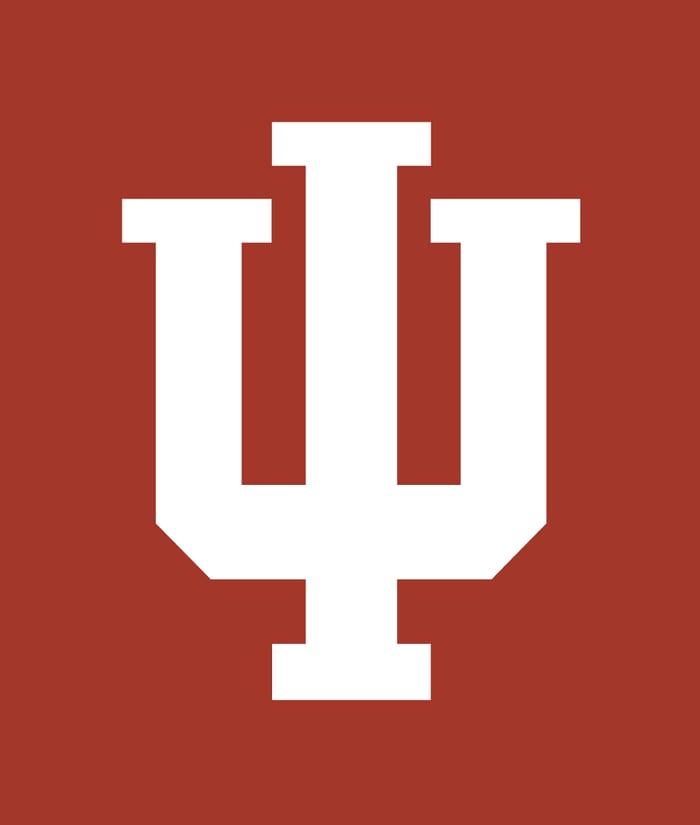Indiana University and Pexip study shows how video conferencing technology can improve attendance and student satisfaction
HERNDON, Va. – August 13, 2019 – Today, Indiana University and Pexip, a leading provider of video conferencing and collaboration solutions, released new findings on the impact of remote attendance programs that combine traditional and distance education using collaboration technology. The study found that this blended approach can produce tangible benefits such as cutting absenteeism by 50 percent and increasing student satisfaction.
“Remote attendance in traditional classes is technologically feasible, economically practical, and academically valuable,” said Harry Vasilopoulos, Lecturer in Human Resource Management at the Judd Leighton School of Business and Economics at Indiana University. “These programs offer a more convenient class option for students, while the combination with in-person attendance supports the interactivity that is crucial to a strong learning culture. It’s these types of experiences that help maintain a higher long-term attendance rate and improved student performance and satisfaction.”
As part of this study, students could watch class lectures online instead of attending in person. The study found that over the course of two years, remote attendance increased markedly, absenteeism was halved, and there was no correlation between course grades and attendance option. Key findings include:
- Absenteeism down by 50 percent: The study shows that remote attendance rates are negatively correlated with absenteeism, meaning more students are likely to attend class if a virtual option is available. Over the course of the study, absenteeism was halved from 11 percent to just under 5 percent.
- Students approve of remote attendance option: Student attitudes toward this option were overwhelmingly positive. Both students who attended remotely and those who attended physically believe remote attendance options are a positive solution that contributes to the learning climate and should be offered in more courses.
- Remote attendance option in demand: The utilization rate for the remote option increased from 3 to 42 percent over the two-year time span.
- Grades don’t suffer from remote attendance: Grades showed no significant difference between physical and remote attendees. However, grades were lower for those students with higher absenteeism rates than those who attend more frequently, either physically or remotely.
“Having the option to attend classes in-person or online gave me the engaging, collaborative experience I needed with the convenience of more accessibility,” said Ryan London, a student at Indiana University. “I also saw my average scores in the hybrid courses exceed that of my in-class-only and online-only course grades. With more flexibility to personalize my learning experience, class became less of a burden, and I was able to excel in ways that were not possible before.”
While online universities address some attendance challenges by providing easier access to education, the growing enrollment in online courses can cannibalize registration in traditional institutions, especially commuter campuses. Students may experience less engagement and even more absenteeism, with detrimental effects on academic outcomes. With blended learning environments, powered by video and collaboration software, universities can increase attendance, attract a broader range of students and faculty, and diversify course offerings with increased flexibility around who can actively attend and present in a single class.
“Just as collaboration tools have helped modernize today’s workforce, they are also addressing key challenges facing educational institutions,” said Jordan Owens, VP of Architecture, Pexip. “By providing an option for real-time remote attendance, professors can teach both students who prefer a traditional classroom environment and students more inclined towards home learning. Video can help colleges and universities provide a more modern, flexible, interactive learning experience regardless of location.”
Indiana University selected Pexip to provide software that enables students to call into a lecture on a web-based video conferencing platform, without the need for complicated account or profile creation, membership or licensing requirements. Students could easily join the lecture virtually by logging in to the Pexip platform on a web browser, which enabled a fully interactive experience with audio, visual, presentation, and collaboration capabilities from any location.
Pexip and Indiana University will host a webinar August 29 to dive deeper into the study’s results and discuss key takeaways for other universities. To register for the webinar, please follow this link. To access the full study, please follow this link.
Methodology
Undergraduate students in several business courses (Human Resource Management, Wages & Salary Administration, Personnel Research & Measurement, Effective Negotiations, Managing Organizational Behavior, Organizations & Change, Business & Society) participated in an anonymous survey at the end of each semester. Over a period of two academic years, a total of 502 students participated in the study, with 225 students in the first year and 227 in the second year. (Fifty students participated in summer courses, which were excluded from analysis because they have an accelerated 6-week term.)
About Pexip
Pexip simplifies complex video conferencing to empower teams to meet, regardless of location or technology. Our scalable, cloud-native platform enables high-quality video meetings, interoperability with Microsoft and Google solutions, and video system device registration. Customers can deploy Pexip on their own privately-hosted servers, in their own cloud subscription of choice (Azure, Google Cloud or AWS), as a hybrid, or as a service. With a diverse set of APIs, Pexip can be customized to fit customers’ unique needs. The solution is sold through 300 channel partners in 75 countries and used in more than 190 countries.
About Indiana University
Founded in 1820, Indiana University is one of the world's foremost public institutions. With more than 94,000 students and 21,000 employees statewide, IU continues to pursue its core missions of education and research while building a foundation for the university's enduring strengths in teaching and learning, world-class scholarship, innovation, creative activity, community engagement and academic freedom. Bloomington is the flagship campus of the university, and each one of IU's seven campuses is an accredited, four-year degree-granting institution.





